"Home" of buffalo and cows
With the characteristics of many remote residential areas, people's lives are still difficult, their awareness is uneven, and the traditional farming habit of raising livestock and poultry near the family's living quarters has been for generations... This causes communes and villages to lose their beauty, the living environment to be polluted, harmful insects and pathogens to arise, and the risk of affecting human health.
Images that were once familiar in remote villages and hamlets of ethnic areas are many livestock and poultry farms right next to the residence, next to the cooking place; livestock and poultry grazing areas located in the middle of the village; along the village and hamlet roads are animal waste; the whole village has a foul smell, there are many flies and mosquitoes... The process of building a new rural area associated with environmental improvement criteria, many action programs on protecting public health, eliminating backward customs, raising people's awareness have been implemented by authorities at all levels, organizations and the people themselves, contributing to solving the above-mentioned bottlenecks in livestock and poultry farming activities. To this day, the places called "hot spots" of the environment in livestock farming activities have changed, not only are they out of the list of "hot spots" but are also replaced by images of clean and beautiful countryside, wide roads, colorful flowers and ornamental plants.
The concentrated livestock barn area of Ha Dong Bac village, Hai Lang commune. Photo by Thanh Hoa
Khe O village has only about 60 houses, but every house raises buffalo, cows, pigs, and chickens next to their houses. It is the largest livestock and poultry farming village in Luc Hon commune, so Khe O used to be an environmental hotspot, but now it is different.
With the mobilization and propaganda of the local government and organizations, the people of Khe O village have gradually formed an awareness of environmental protection, in which the construction of concentrated livestock barns, far from living, eating and resting spaces, has increasingly entered consciousness and lifestyle. Currently, the concentrated cattle and buffalo barns of Khe O now ensure environmental criteria, with the design of 2 separate rows of barns, capacity for about 100 cattle and buffaloes, covered, airy, connected to the storage and composting area... The location of this area is behind the hill, far from the concentrated residential area, so Khe O is no longer polluted by livestock activities as before.
Na Ca village of Tien Yen commune has the advantage of low hills far from residential areas. People have taken advantage of this to build large-scale chicken farms in the form of free-range farming on forest hills. Currently, almost every household in Na Ca village raises chickens, of which 37 households raise Tien Yen chickens with a quantity of over 5,000 chickens/household/year. In the first 6 months of 2025, the total chicken flock in the village was 700,000 chickens.
In a large, isolated space, far from residential areas, chickens in Na Ca can freely run around and find natural food, making the chickens healthy, with a very high survival rate. At the same time, the quality of the chickens is delicious, different, and highly appreciated compared to many types of chickens on the market. According to calculations by chicken farmers in Na Ca, the average profit rate is 50 million VND/1,000 chickens. The larger the number of chickens raised, the higher the profit rate, due to savings in barn costs, labor, and care.
People in Na Ca village, Tien Yen commune raise chickens in a concentrated manner.
From Khe O and Na Ca, a series of remote communes and villages in the eastern region of the province have all built concentrated livestock areas and livestock barn models with suitable designs, ensuring the development of livestock and poultry as well as facilitating waste treatment, contributing to environmental protection and sustainable livestock development. Typically, San Xe Dong village, Dong Ngu commune, built concentrated livestock barns for over 120 buffaloes. Doi Che, Thanh Hai and Ha Dong Bac villages of Hai Lang commune, Tien Hai village of Dien Xa commune... all have locations to build livestock and poultry farms far from residential areas, grazing areas near rice fields. Particularly, the livestock farm of Dien Xa commune has also been installed with a lighting system, and cameras will be installed in the near future...
Continue fundamental solutions to develop livestock and poultry
Concentrated livestock and poultry farms and hygienic livestock farms not only solve the problem of environmental protection in livestock farming, but also protect the safety and promote the development of livestock and poultry, avoid the risk of livestock and poultry getting sick, dying or developing slowly due to the impact of diseases, the environment, and weather, especially during the peak season of hot weather and cold winter in mountainous areas, remote areas of Quang Ninh .
According to provincial statistics, the livestock and poultry herd in the province in recent years has been stable at over 60,000 buffaloes, over 300,000 pigs, and over 4 million poultry. Waste generated during the raising of these livestock and poultry is estimated at 650 tons/day and night, not including livestock urine. Surveys show that the rate of livestock and poultry waste collected and treated has been increasingly improved, up to now accounting for nearly 80%, of which waste is treated using biogas works with over 9,000 pits.
However, there are still some small-scale livestock farms in rural, mountainous and ethnic minority areas that do not have a sanitary waste treatment system and discharge waste directly into the environment, or have a waste treatment system that exceeds its capacity, affecting the environment, water resources, air and health of surrounding people. This shows that it is necessary to continue to promote planning, building standard barns, and converting models and methods in livestock farming.
In fact, since the beginning of the year, localities have stepped up propaganda work, organized meetings with people to discuss environmental protection; send officials to each household and each person to discuss and explain to people about safe livestock farming; deployed models of collecting waste and garbage to compost and create humus for plant care... In particular, the province mobilized the participation of the entire political system in supporting funding for people to move and build barns away from housing projects, and build concentrated barns for large herds of livestock...
These comprehensive solutions have contributed to changing people's thinking and awareness in the direction of concentrated, modern, high-tech livestock farming.
The working group of the Ministry of Agriculture and Environment inspected livestock farming activities at Tan An chicken farm, Ha An ward, May 2025.
Along with clear legal corridors, hygienic livestock farming, including the construction of barns for livestock and poultry, has become a legal norm. specifically, in September 2022, the Provincial Party Committee issued Resolution No. 10-NQ/TU on strengthening the Party's leadership in resource management, environmental protection, disaster prevention and mitigation, climate change response, and ensuring water security for the period 2022-2030; In March 2023, the Provincial People's Committee issued Action Program No. 572/CTr-UBND to implement Resolution No. 10-NQ/TU...
created, in ethnic minority and mountainous communes, sectors and organizations regularly mobilize and support people to move livestock barns away from their residences, ensure environmental sanitation, and build hygienic houses to compost livestock and poultry manure. This has created a breakthrough change in awareness and hygienic lifestyles among ethnic backgrounds.
Along with that, Quang Ninh has a plan to develop livestock farming in the province for the period of 2021-2025, with a vision to 2030, in which the goal is set that by 2030, 100% of livestock farms, slaughterhouses, and livestock product processing facilities must have appropriate environmental control solutions, ensuring no environmental pollution and effective use of waste sources for the needs of cultivation, aquaculture, and renewable energy production; developing farm livestock economy instead of small-scale livestock farming; review areas where livestock farming is not allowed; promoting the construction of disease-free livestock farming areas and facilities.
Regarding the construction of disease-free livestock areas and facilities, one of the most basic criteria is to build standard livestock and poultry barns. The province's goal is to have at least 5 commune-level areas recognized as safe from foot-and-mouth disease, lumpy skin disease, avian influenza, Newcastle disease by the end of 2025, and 5 areas recognized as safe from rabies. In the period of 2026-2030, the whole province strives to build and be recognized as 10 disease-free livestock areas...
From practice, along with the above measures, in the long term, it is necessary to limit household livestock farming and encourage to build industrial-scale, concentrated farms, creating safe, high-quality products with large product output as commodities, especially applying synchronous measures to treat livestock waste, ensuring the environment and disease safety in livestock farming...
Vietnam China
Source: https://baoquangninh.vn/xay-dung-chuong-trai-hop-ve-sinh-tai-cac-dia-ban-vung-sau-vung-xa-3365596.html


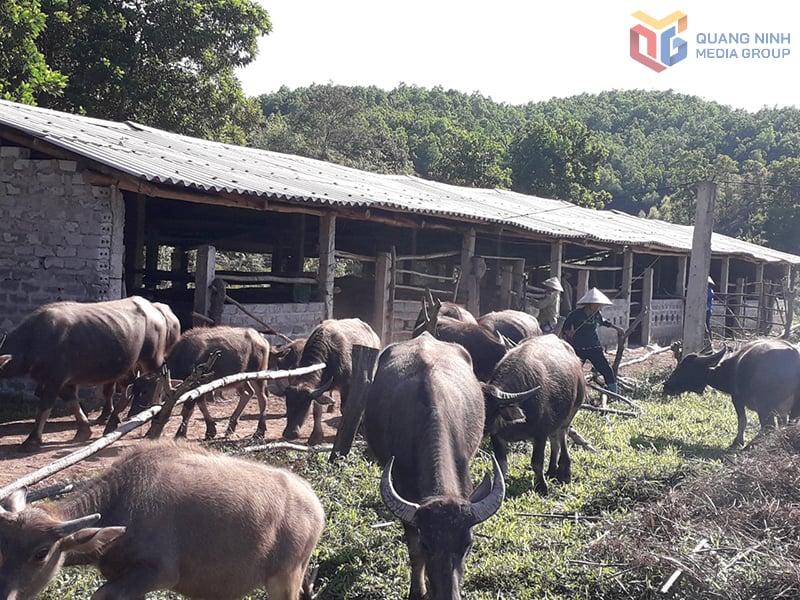
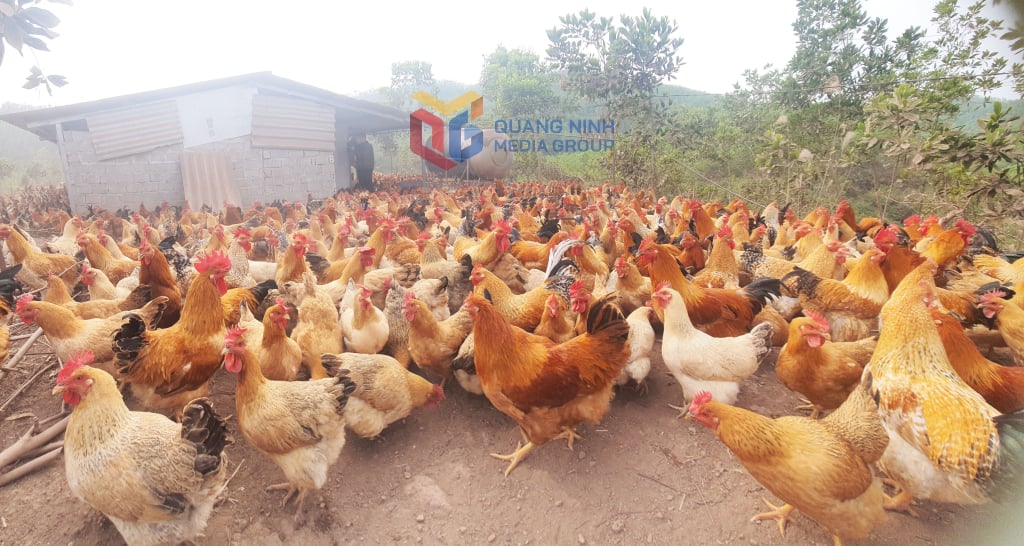
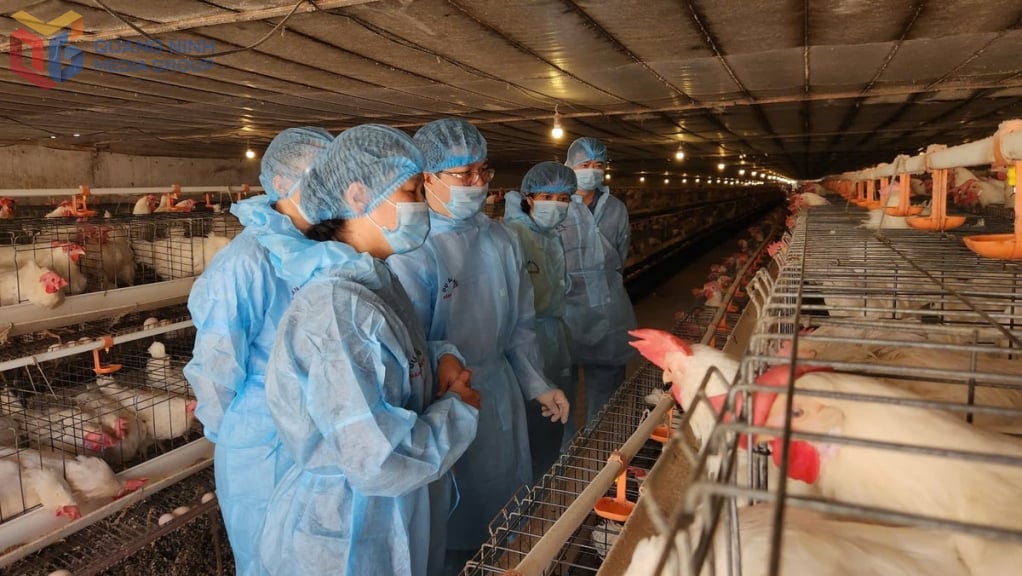
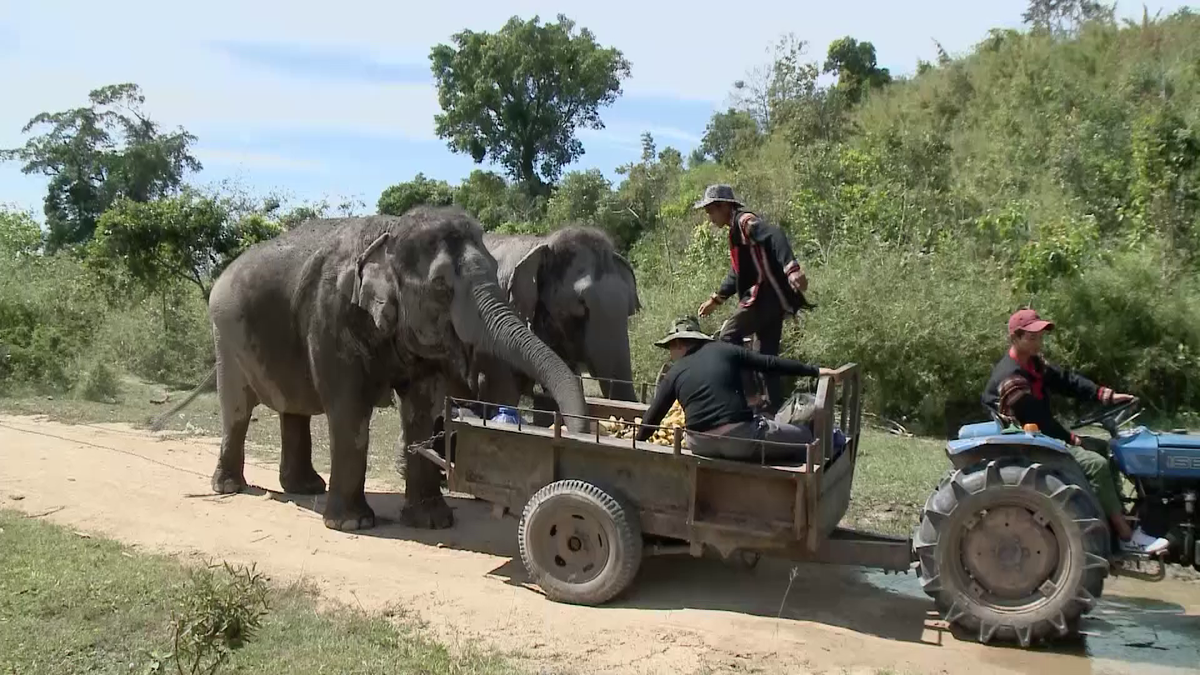





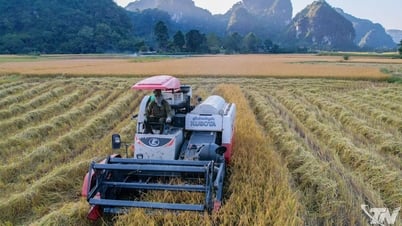

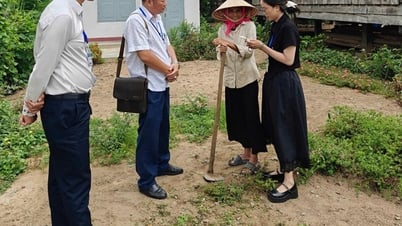

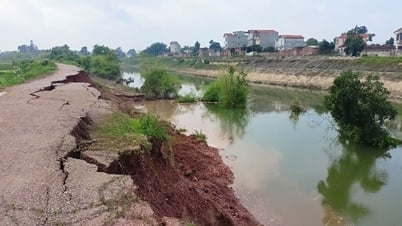



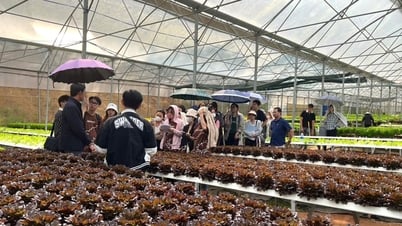
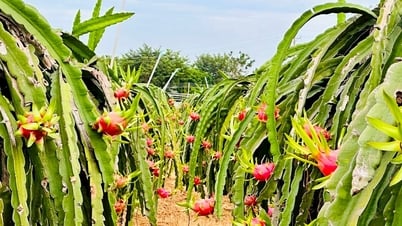






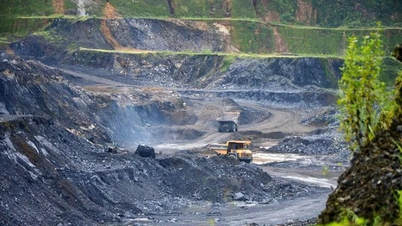

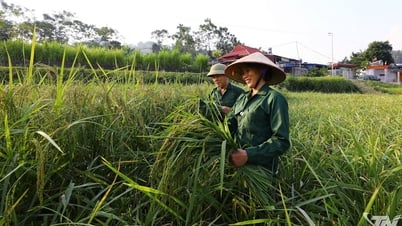






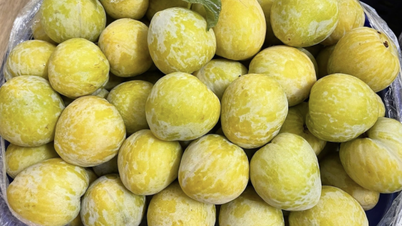

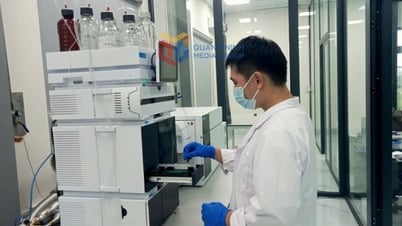












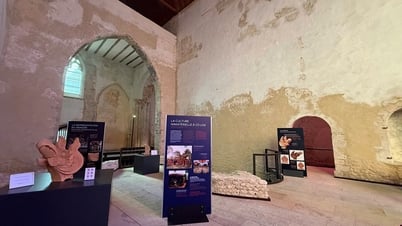










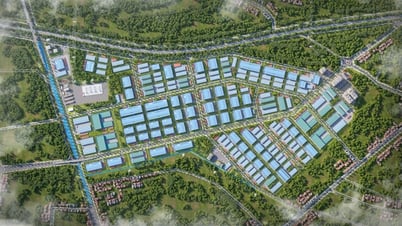







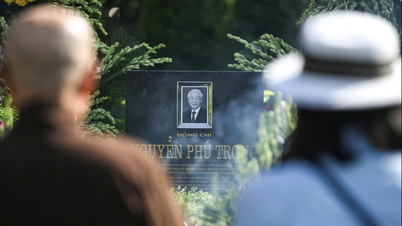







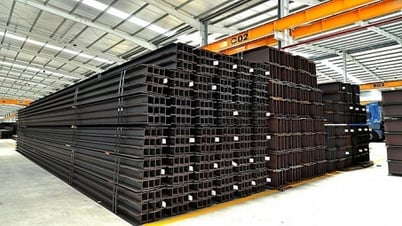






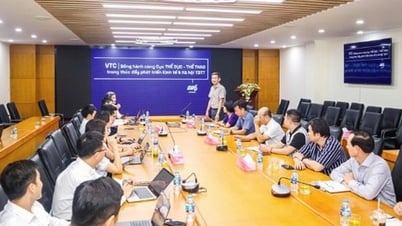
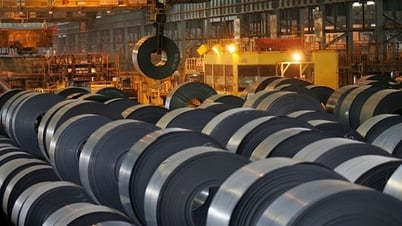




















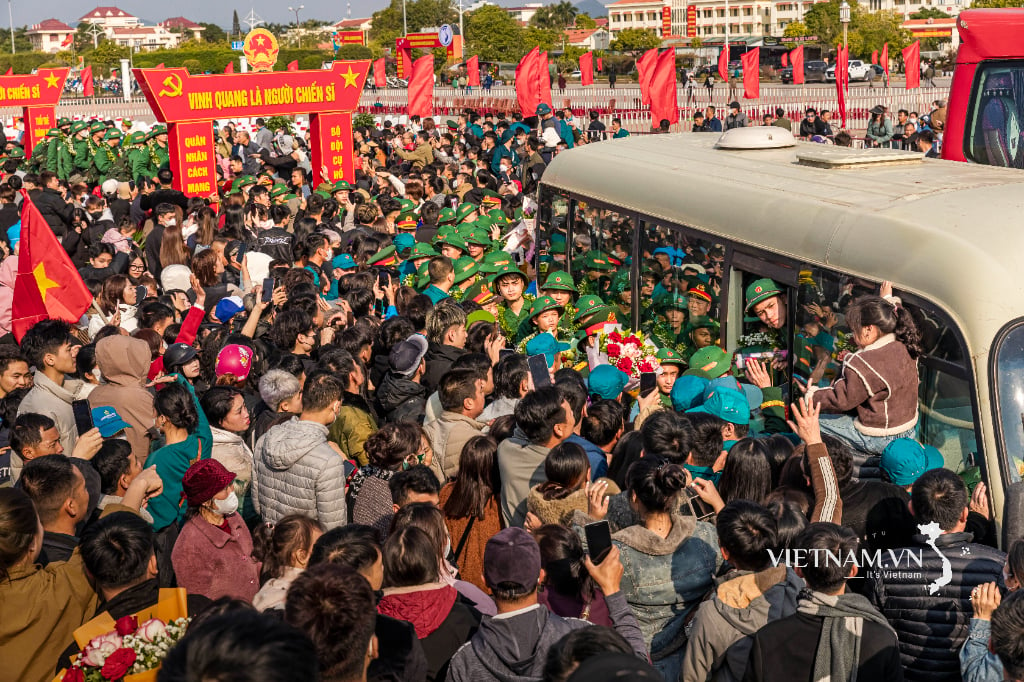
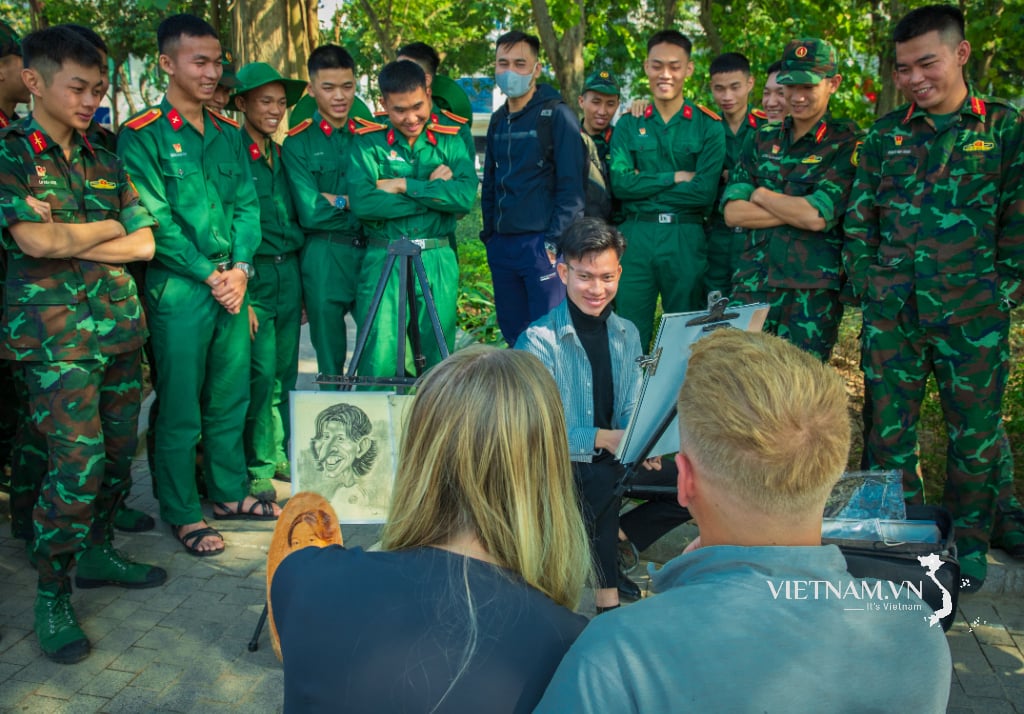
Comment (0)